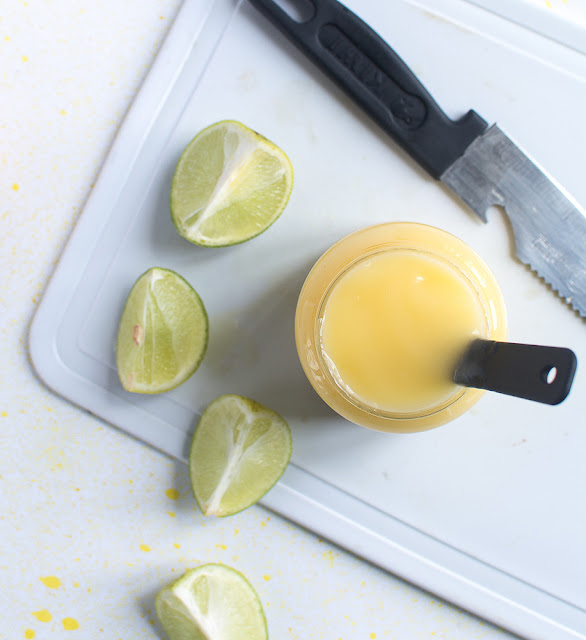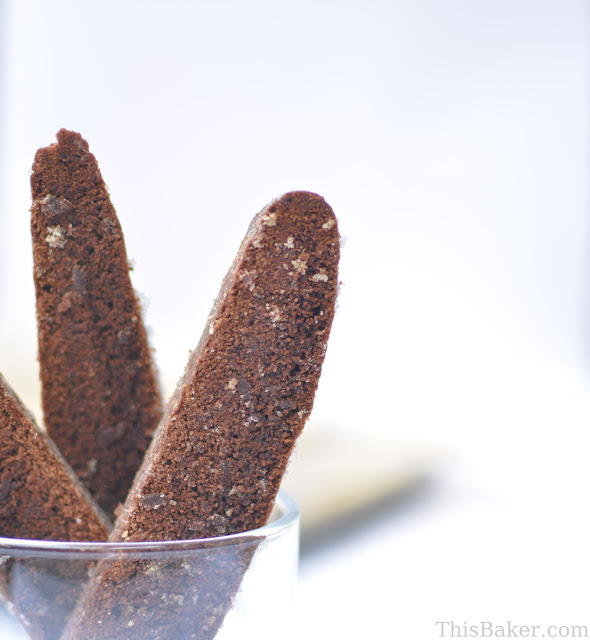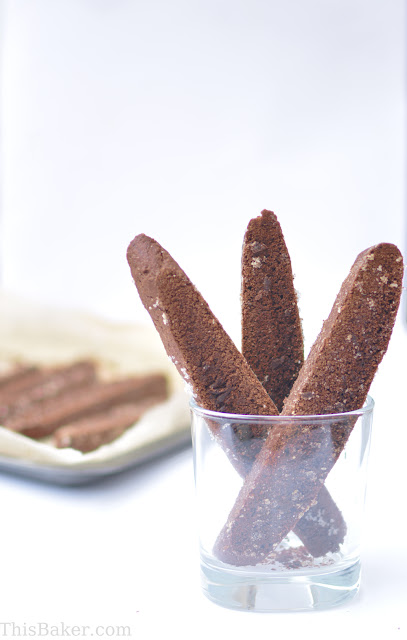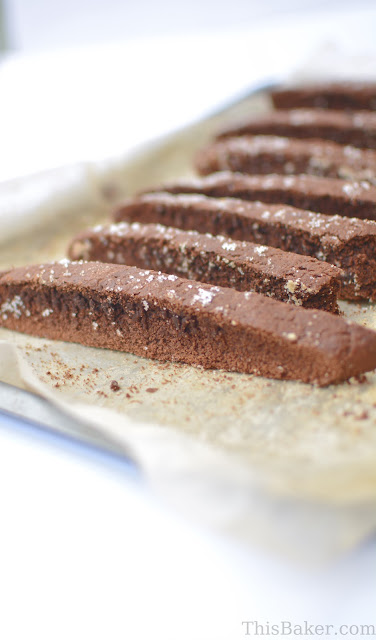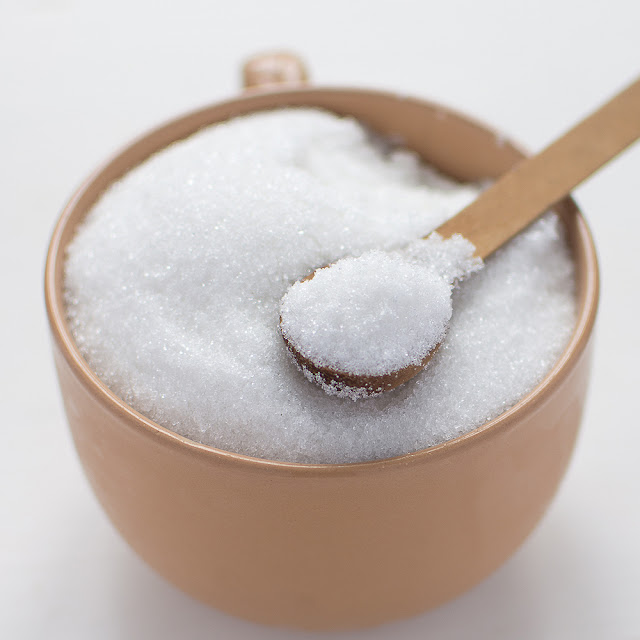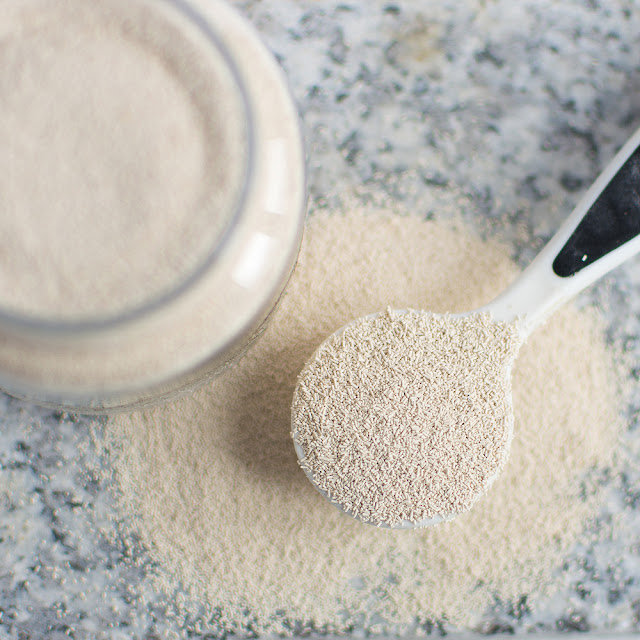During my baking journey, I have accumulated several cake decorating tools. Some have been more useful than others have.
The items on this list are for basic cake decorating. If you wish to go into more advanced decorating, you will need tools that are more specialized.
1. A turntable
If you will be decorating cakes and working with buttercream, this will make your life easier. A wooden lazy Susan will serve the same purpose. A fancy turntable or lazy Susan will also double as a cake plate or stand.
A great quality turntable will last years and will hold heavier multiple tier cakes. Purchase an affordable turntable first. An expensive turntable is an investment for the professional cake decorator.
A great quality turntable will last years and will hold heavier multiple tier cakes. Purchase an affordable turntable first. An expensive turntable is an investment for the professional cake decorator.
2. A serrated knife
A serrated knife is indispensable for leveling cakes. Some brands just market these knives as bread knives. I recommend getting a long serrated knife.
Tip: it is easier to level a cold or frozen cake than it is to level a hot or warm cake.
3. Cake leveler
This is an amazing alternative if you are not good at leveling cakes with a knife. There are many helpful tutorials on how to properly level cakes on the internet. If you are still unable to level a cake with a serrated knife, a cake leveler will do the trick.
You need to buy a great quality leveler. Cheaply made levelers bend while you are using them thus defeating the purpose.
You need to buy a great quality leveler. Cheaply made levelers bend while you are using them thus defeating the purpose.
4. An offset spatula
Offset spatulas come in many sizes. The size you have can affect its use. Smaller spatulas are great for filling layer cakes, smoothing and applying buttercream and frosting to desserts. These smaller spatulas are also amazing for creating patterns on buttercream-covered cakes.
Large cake spatulas (straight and offset) are good for applying and smoothening buttercream on cakes.
Large cake spatulas (straight and offset) are good for applying and smoothening buttercream on cakes.
5. Piping Bag or Pastry bag
Regardless of what you call this item, it is an important cake decorating tool. These bags come in different materials and are either disposable or reusable. These bags are not only useful for piping buttercream but are also great for piping pastry and fillings. Piping borders would be a nightmare without this item.
6. Piping Tips
If you are a hobby baker, get a few piping tips or a set for your use. These are a great addition to any cake decorator’s kit. Classic tips such as the Wilton 1M, 2D, 124, 21 and 789 are popular among bakers. They are easy to master and use. Furthermore, they work for decorating cakes, cupcakes and piping pastries.
7. Icing Scraper (Straight and Serrated)
Icing scrapers are perfect for decorating buttercream cake. Smooth metal or plastic scrapers can help you decorate a dessert with sharp edges and smooth sides. For a different look, get a serrated edge scraper, this can help to create a lovely pattern on your cake.
All these are some of the best tools for cake decorating. If you have a list of cake decorating tools to add to this list, please leave them in the comment section.
Some topics in this 'Baking Basic' series are:
Some topics in this 'Baking Basic' series are:








